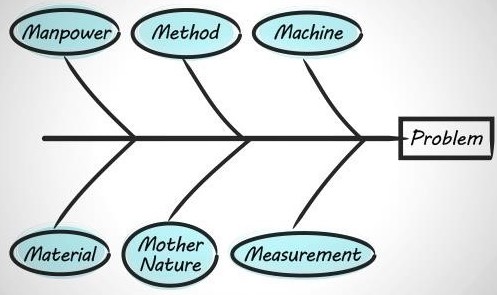Introduction:
This process is generally used to identify difficulties that arise in production. These factors are used to construct cause-and-effect diagrams. This concept was introduced by the KAORU ISHIKAWA. Hence this is also called as ISHIKAWA diagram. This is also known as a visualization tool for categorizing the potential problem. The primary purpose of this diagram is to help in brainstorming in order to identify possible causes of pain and sorting ideas into functional categories. The Importance of a fishbone diagram is that Team members can more accurately diagnose a disorder or problem by visualizing its root causes using a fishbone diagram rather than just focusing on its symptoms. It enables team members to establish consensus over the issue and its causes and to separate the content of a problem from its history.
The 6M’s are explained as follows:
a.) Manpower: it is the operational or functional labor of people engaged in delivering a product or service. This is a rare cause. If manpower is identified as a cause resulting in an undesirable effect, its more likely to be a factor of another of the 6M.
b.) Method: this is related to the methodology or the process that is generally implemented during the production process. Many processes might have too many steps, too many signoffs and integral activities that don’t create value and for which a customer wouldn’t pay known to be included.
c.) Machine: machines are tools, facilitates, equipment’s, and other necessary tools that are required in the production process. They facilitate underlying support systems that are frequently mismanaged to achieve excellence or due to technical misalignment, are simply incapable of delivering the intended output.
d.) Material: the material components, i.e., raw materials, components and consumables that are used in the production process. These parts are often incorrectly specified, mislabeled, stored improperly to conserve physical properties, are out of date, or otherwise could be organized and managed better.
e.) Milieu: This “M” is related to the Environmental and unpredictable events. There are rare, unavoidable causes of non-compliance beyond the influence of a production enterprise.
f.) Measurement: measuring the production process is necessary on a frequent basis. Inspection and other physical measurements include distance, volume, temperature, pressure. Sometimes measurement can be inconsistent or incapable. As such it’s difficult to draw robust conclusions nor use the data to draw repeatable conclusions that intelligently inform business decisions.

Advantages:
- It is easy to understand since it is a visual tool
- Very much useful in identification of the root cause of the problem
- It helps to improve the process by identifying potential problems.
- It helps to prioritize the different reasons and solve the critical issues.
- Increased depth in the problem-solving process is made possible by sub-levels.
- It aids in setting priorities for important factors, so that core problems are dealt with first.
Disadvantages:
- Graphically, the picture doesn’t give the root cause.
- It equally shows all the causes as Importance as others.
- Time is wasted in identifying other reasons that are not critical to the problem.
- The criticality of the problem may be subjected to the perception of the people involved to rate the causes.
Practical Implementation:
An illustration of a problem that requires our attention is incorrect, delinquent, or damaged delivery. There are several potential causes, such as poor packaging that allowed items to be damaged while in transit, releasing the incorrect goods for delivery, or the wrong address label. The same can be categorized as one of the principal causes, as shown in the fishbone diagram as shown below:

Penned By:
Ms. SANA DEEKSHITHA
Club Kaizen




Leave a comment